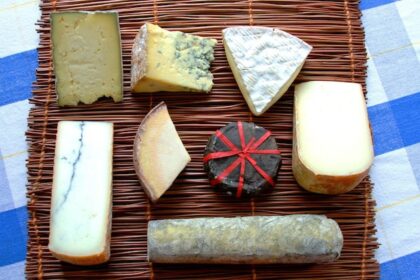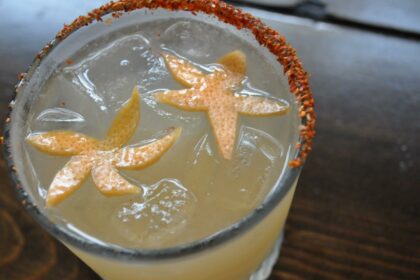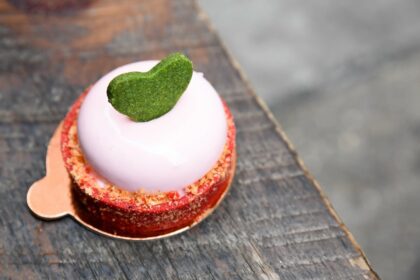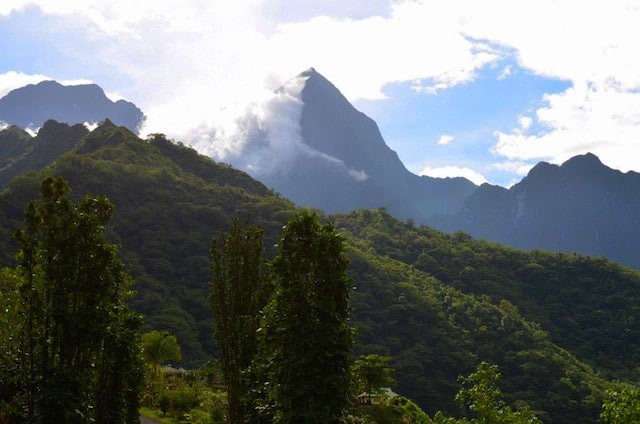
Crystal reservoirs, cascading waterfalls and lush greenery dotted with colorful flowers and fruits. Maroto valley, also known as Papenoo valley, is located in the crater of a volcano in Tahiti’s hard-to-access interior and was what ancient Polynesian’s called home. Today I am getting to see it — somewhat through their eyes — as a day trip.
Rocky of Marama Tours is my guide for the day, and will be driving us through the difficult-to-reach interior in a 4×4. Covered in tattoos relating to his heritage, he is a friendly man who loves telling stories of his grandmother.
“My grandma always taught me how to appreciate my ancestors,” he explains. “She taught me all about how to use plants for food and medicine.”
You can tell that despite living in modern times he still thinks of this as his home, especially as he is constantly stopping the vehicle to pick up trash others have thrown onto the ground.
He shakes his head in disgust. “Ancient Polynesians once had a deep respect for the land. Now we live in an age of consumerism and people have forgotten.”
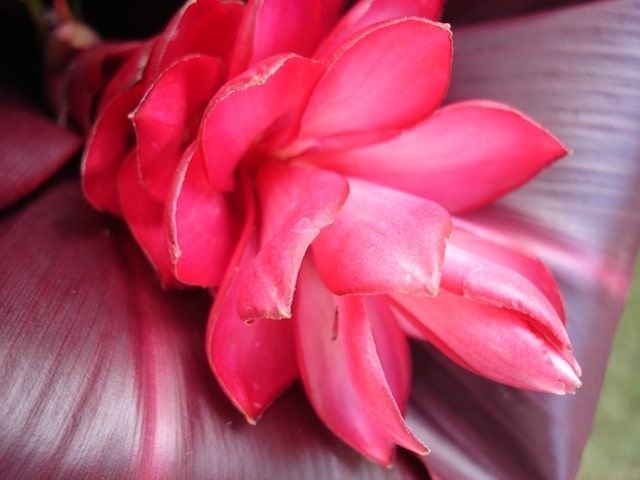
Aside for the random pieces of litter the valley looks pristine and untouched. Every 10 feet there seems to be a lookout point awarding a postcard-worthy view, not to mention the bright orange African tulips, vibrant purple wild orchid, blazing sun yellow hibiscus and fiery red ginger that enhance the scenery. Once we’ve gotten enough photos — although you can never have enough landscape pictures — Rocky takes us to his favorite restaurant, Relais de la Maroto.
“It’s my favorite restaurant in the world!” he shouts excitedly. “You can enjoy a meal while inhaling fresh air and taking in the view of the valley.”
Rocky is right. Actually, his description was an understatement. Not only are you enjoying a view, you’re immersed in it as you sit on their outer deck surrounded by lush valley.
What I particularly love about the restaurant is it serves traditional French Polynesian cuisine — something unusually difficult to find in Tahiti — as well as Tahitian wines an beers.

In French Polynesia locals try to have five specific trees in their yard — banana, breadfruit, lime, coconut and a choice between mango or papaya (or both) — as these create the foundation for a traditional Tahitian meal. Simply add some meat and coconut milk and you’re set. Today’s lunch reflects this traditional way of thinking with an entree of chicken marinated in coconut cream served with spinach and raw tuna marinated in lime and coconut milk as well as breadfruit crisps. With each bite, I’m reminded of how delicious living off the land can be as I taste my way to traditional Polynesia. Even before Top Chef and Anthony Bourdain ancient Polynesians were successfully combining simple ingredients to create flavorful meals.
We continue our tour of traditional Polynesian culture with a tribute to Rocky’s heritage by doing one of his favorite things: foraging. The dirt road is lined with bright wild strawberries ripe for the picking — and eating. The best spot for finding natural snacks, however is at Marae Fare Hape.

In Polynesia, marae refers to ancient temples where priests were allowed to call on gods to give them strength for work and fertility. This particular marae worshiped the god of the dog, which becomes clear when you see the long wooden sticks with carved dog heads attached.
Built in the 14th century, Fare Hape used to be a place where religious practices and spiritual ceremonies took place. Actually, today Polynesians from all over the world — Hawai, New Zealand, Tongo and beyond — travel here once a year by double canoe to share cultures. Due to its location in the center of a volcanic crater, the site was also believed to hold special religious power. A visit allows you to see what remains of the temple, which is in pretty decent shape as Haururu, a society of caretakers, have dedicated themselves to maintaining and educating about the site. The best part, however, is the abundance of natural foods growing near the ancient temple — guava, macadamia nuts, chestnuts, coconuts, grapefruit and more — providing a reminder of our land’s bounty and how ancient Polynesians lived off just that (as well as a healthy snack).
While jungle landscapes are beautiful and have much to offer, they come with one pitfall: mosquitos. As soon as Rocky sees me itching he stops the 4×4, grabs a knife and hops out. I see him stand on the hood and begin picking potato-shaped bumpy green fruits.
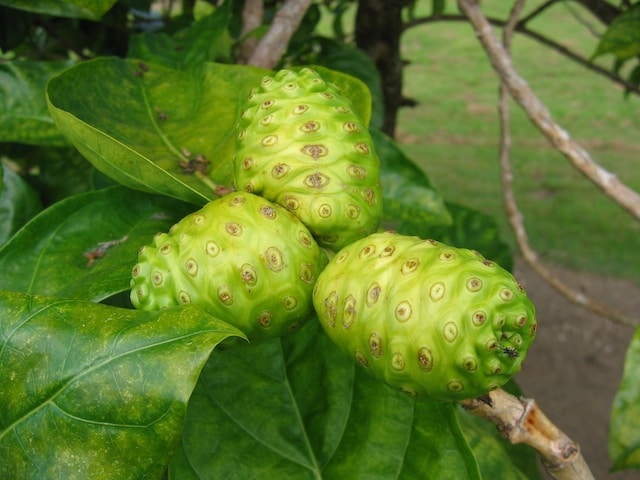
“It’s noni,” he explains as he climbs down and cuts one in half. Feverishly, he begins rubbing the two ends together, causing juice to drip from the inside. “Rub the juice on your mosquito bites. It’ll stop the itch and by tonight they will be gone.”
I do as instructed, rubbing the fruit all over my inflamed bumps. Within a few minutes, the itching has subsided.
“How did you figure that out?” I ask, amazed.
Rocky smiles. “My grandmother.”
Of course. Did I really have to ask?
As we drive home, Rocky suddenly looks in the mirror and smiles. “For me the Maroto Valley is magic. You may go in feeling stressed, but you leave feeling at peace.”
Want more on French Polynesia? Check out this AFAR Wanderlist on the stunning destination.
Jessica Festa
Latest posts by Jessica Festa (see all)
- A Culturally-Immersive Adventure In Mongolia’s Altai Mountains - Jul 8, 2023
- This Recipe Sharing Platform Supports Women In The Culinary Industry (Labneh Recipe Included!) - Nov 5, 2020
- Hiking The Mohare Danda Community Eco-Trek In Nepal - Jun 3, 2020
- 6 Important Questions For Choosing A Responsible Yoga Retreat - May 18, 2020
- How To Create & Grow A Profitable Blogging Business (Ethically) - Jan 18, 2020

